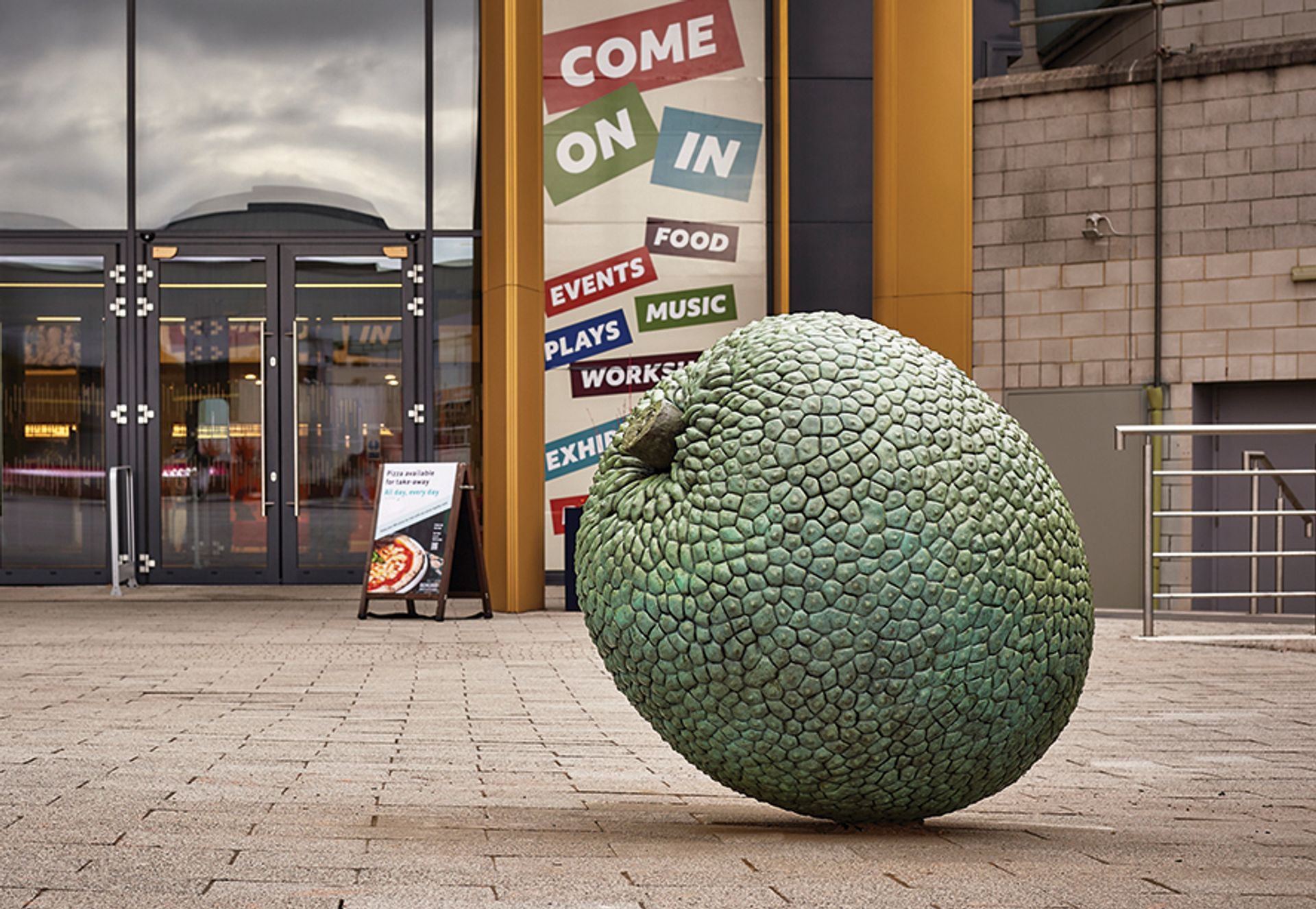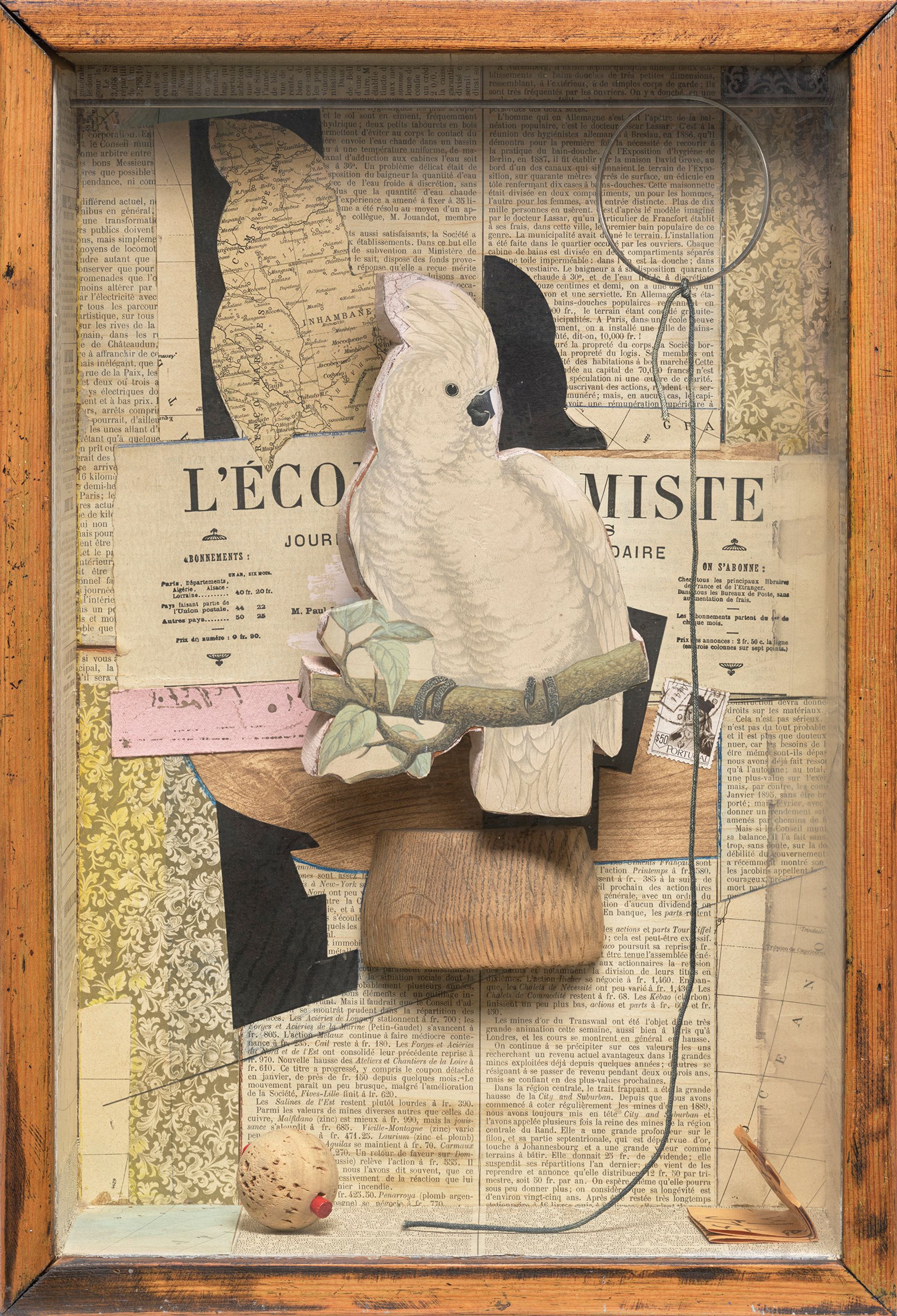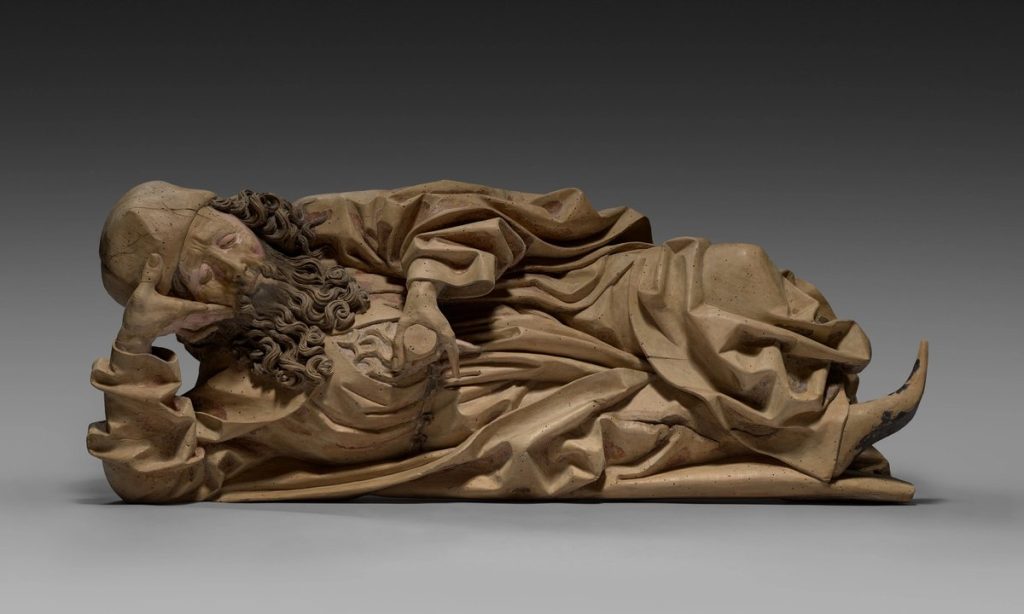Jesse (circa 1500) by Veit Stoss
Cleveland Museum of Art
This Late Gothic lime wood sculpture by the famous German woodcarver Veit Stoss was once part of the altarpiece centered on the Tree of Jesse, a well-known medieval representation of Christ’s ancestors of King David’s father Jesse of Bethlehem. Here, the image of Jesse sleeping occupies the base of the tree that has since been lost. According to the Cleveland Museum of Art, which purchased the sculpture from London art dealer Alexander Rudigier, the altarpiece may have originally been made for a church in Nuremberg, where Stoss was active from 1496 until his death in 1533. Jesse will go. It is on display March 1 as the anchor of the museum’s gallery of German and Austrian Gothic art.

Veronica Ryan’s Breadfruit It is a permanent public sculpture of a black woman in the UK © University of Warwick
Breadfruit (Moraceae) (2021) by Veronica Ryan
University of Warwick, UK
Warwick University in the UK has purchased an edition of Veronica Ryan’s 3m bronze sculpture. Breadfruit, one of the Caribbean fruit-shaped trios that won the Turner Prize in 2022. Ryan’s work—the UK’s first permanent public sculpture of a black woman—was originally commissioned by the London Borough of Hackney to commemorate the Windrush generation. He emigrated to Great Britain from the Caribbean. The sculpture is now installed outside the Warwick Arts Centre. “Making representation and cultural visibility visible in public spaces is critical,” Ryan said in a statement. The purchase was supported by the Victoria and Albert Museum, the Contemporary Art Society, Arts Council England and the University of Warwick.

Joseph Cornell A parrot for Juan Gris (1953-54) the Cuban artist uses black silhouettes and cutouts. Courtesy of the National Gallery of Art, Washington, DC
Joseph Cornell Gift of Robert and Aimee Lehrman
National Gallery of Art, Washington, DC
Joseph Cornell lived most of his life in Flushing, Queens, but took many imaginative journeys through his signature glass shadow boxes. Each was a micro-museum of lovingly collected trinkets and ephemera in tribute to her wide-ranging interests: theatre, ballet, exotic birds and astronomy, to name a few. Twenty boxes containing all of their major National Gallery of Art (NGA) series, plus seven late collages, donated by Robert and Aimee Lehrman. Several boxes correspond to artists and works from the NGA collection, for example A parrot for Juan Gris (1953-54), which adopts the cubist painter’s use of black silhouettes. The gift alone makes NGA one of the world’s leading centers for Cornell’s work, in the same city as his archive at the Smithsonian American Art Museum.


